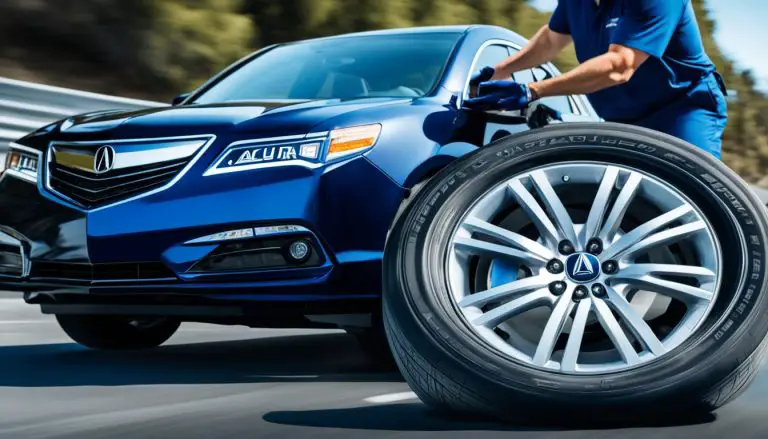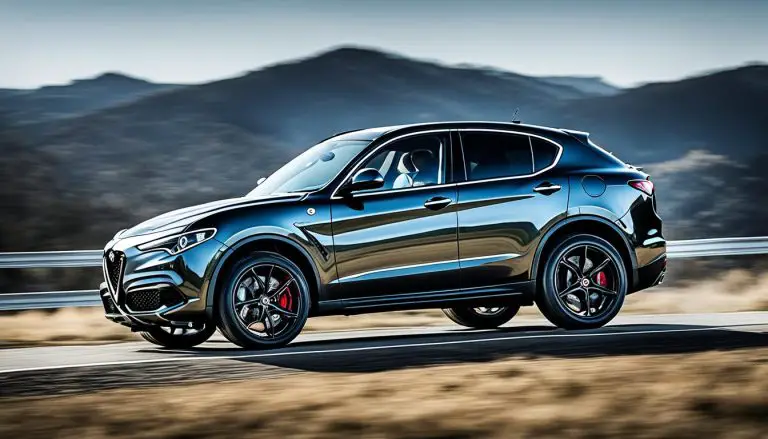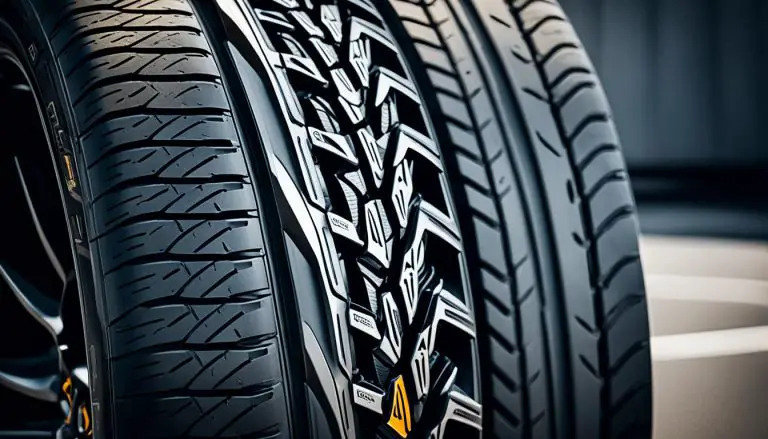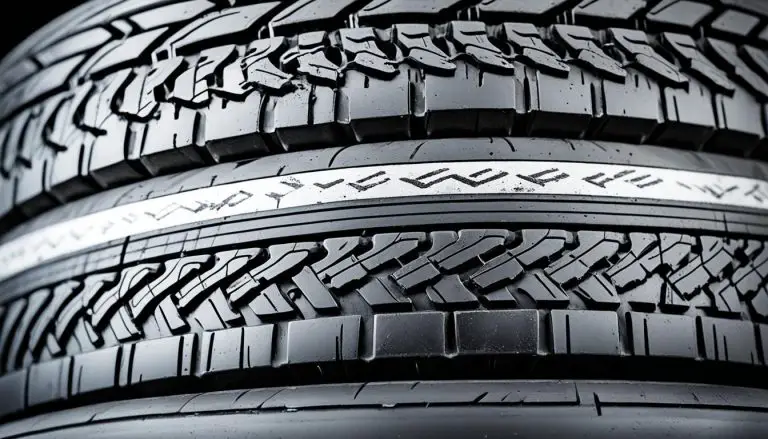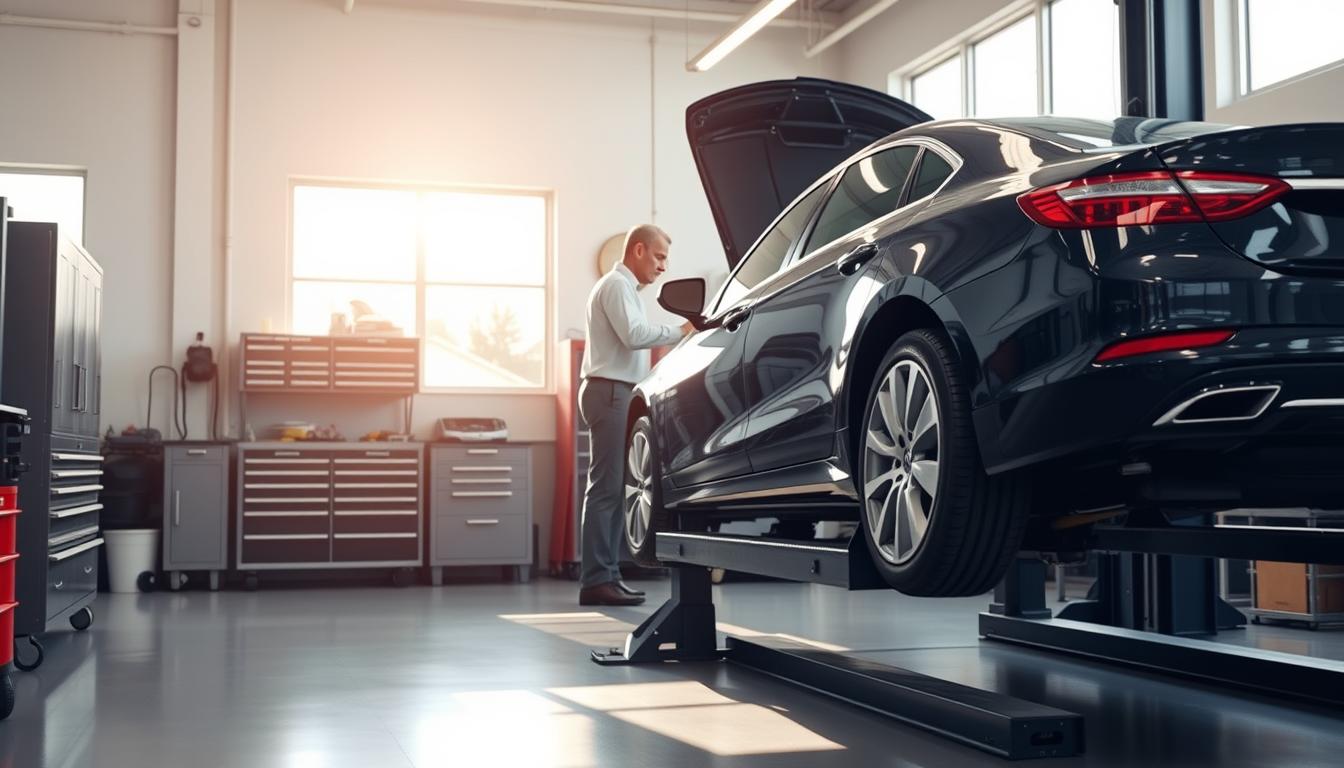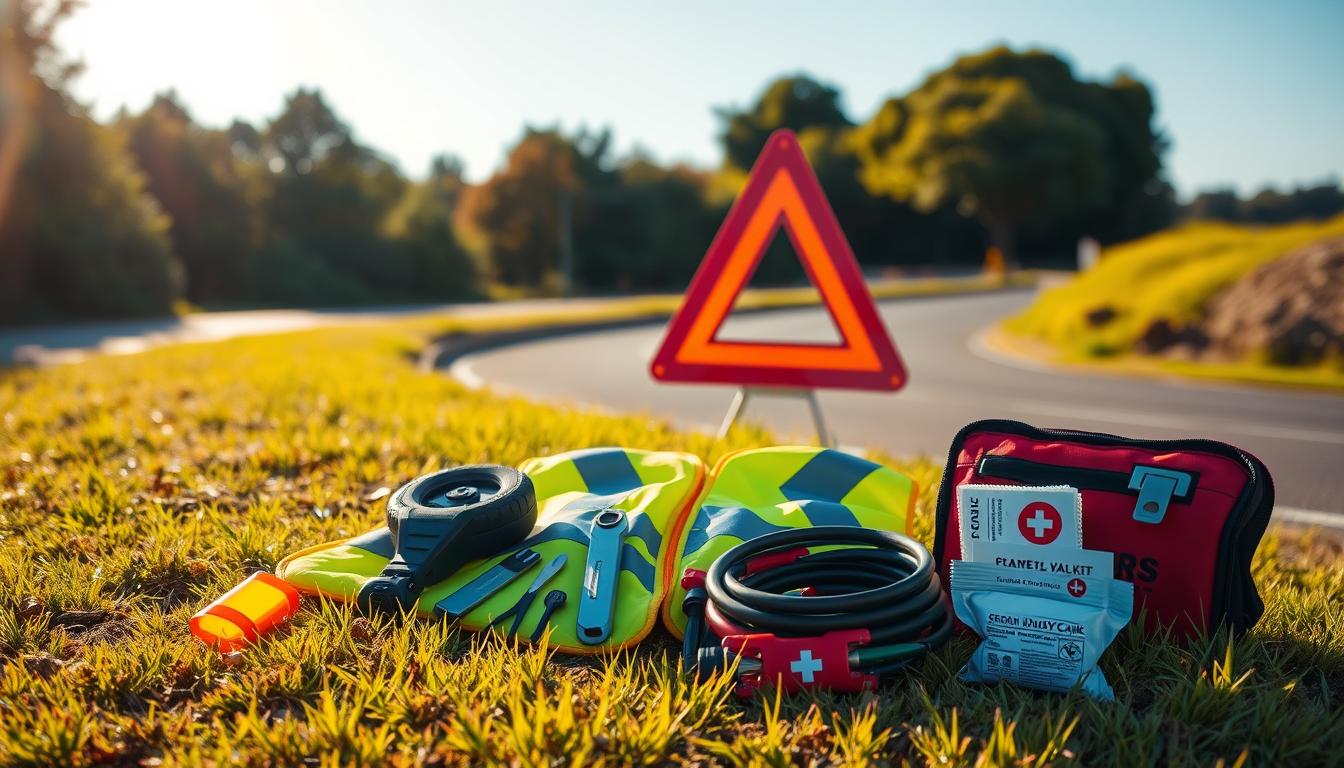Discover the best performance car upgrades to enhance your vehicle's power, handling, and style. Unlock your car's...
Blog
Upgrade your ride's look with our range of stylish exterior car accessories. From spoilers to body kits,...
Elevate your ride with premium custom car parts. Explore our vast selection of performance upgrades, stylish accessories,...
Discover the best tires for performance to elevate your driving experience. From track-ready options to daily drivers,...
Did you know a staggering 77% of luxury car drivers face curb rash or wheel damage? For...
The Alfa Romeo Stelvio is celebrated for its superior handling and performance. As a Stelvio owner, selecting...
Did you know that Rolls-Royce takes a remarkable 60 hours to craft its bespoke tyres? This level...
In the luxury automobile world, the Maserati Quattroporte shines with unmatched elegance and performance. Its wheels are...
Did you know the typical Lamborghini supercar boasts over 1,000 horsepower? Some even hit speeds exceeding 200...
Did you know that a set of tires for a Bentley Continental GT can exceed $500 each?...




